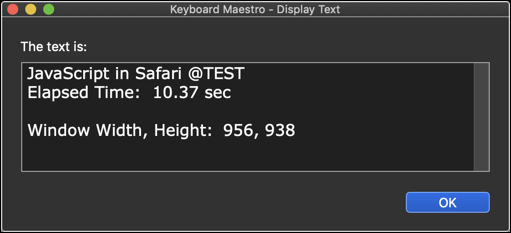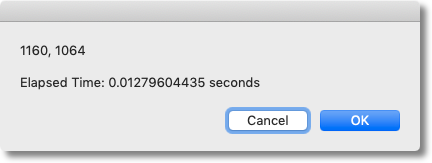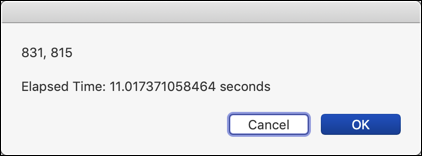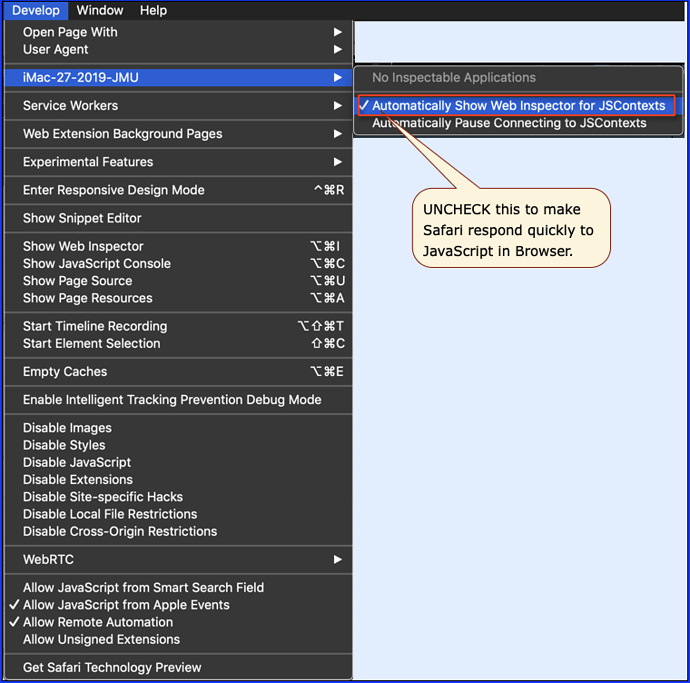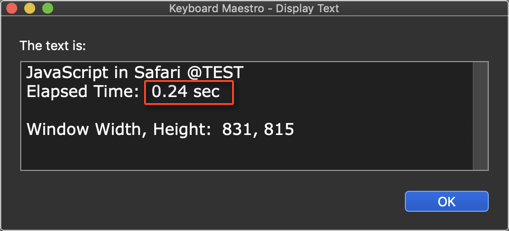I have a short macro, that tells me the current size of the current Safari window in a notification. It worked like a charm for quite some time, but some weeks ago, it did not work at all – at least I thought that. Today I tested it again, tried the debug window, but that did not tell me much, but I realised that the macro was indeed working, it just takes a very long time, and I have no idea why. The script is not complicated or long, but it now takes about 15-20 Seconds until the notification appears and I can hear the fans of the MacBook Pro spin up.
Does anyone have a clue? Did Apple change something in one of their latest updates?
Here's the macro:
Execute JavaScript in Safari
window.innerWidth
- Save trimmed results to variable “safari_viewport_width”.
(Stop macro and notify on failure.)
Execute JavaScript in Safari
window.innerHeight
- Save trimmed results without errors to variable “safari_viewport_height”.
(Stop macro and notify on failure.)
Display Text Briefly
%Variable%safari_viewport_width% × %Variable%safari_viewport_height%
